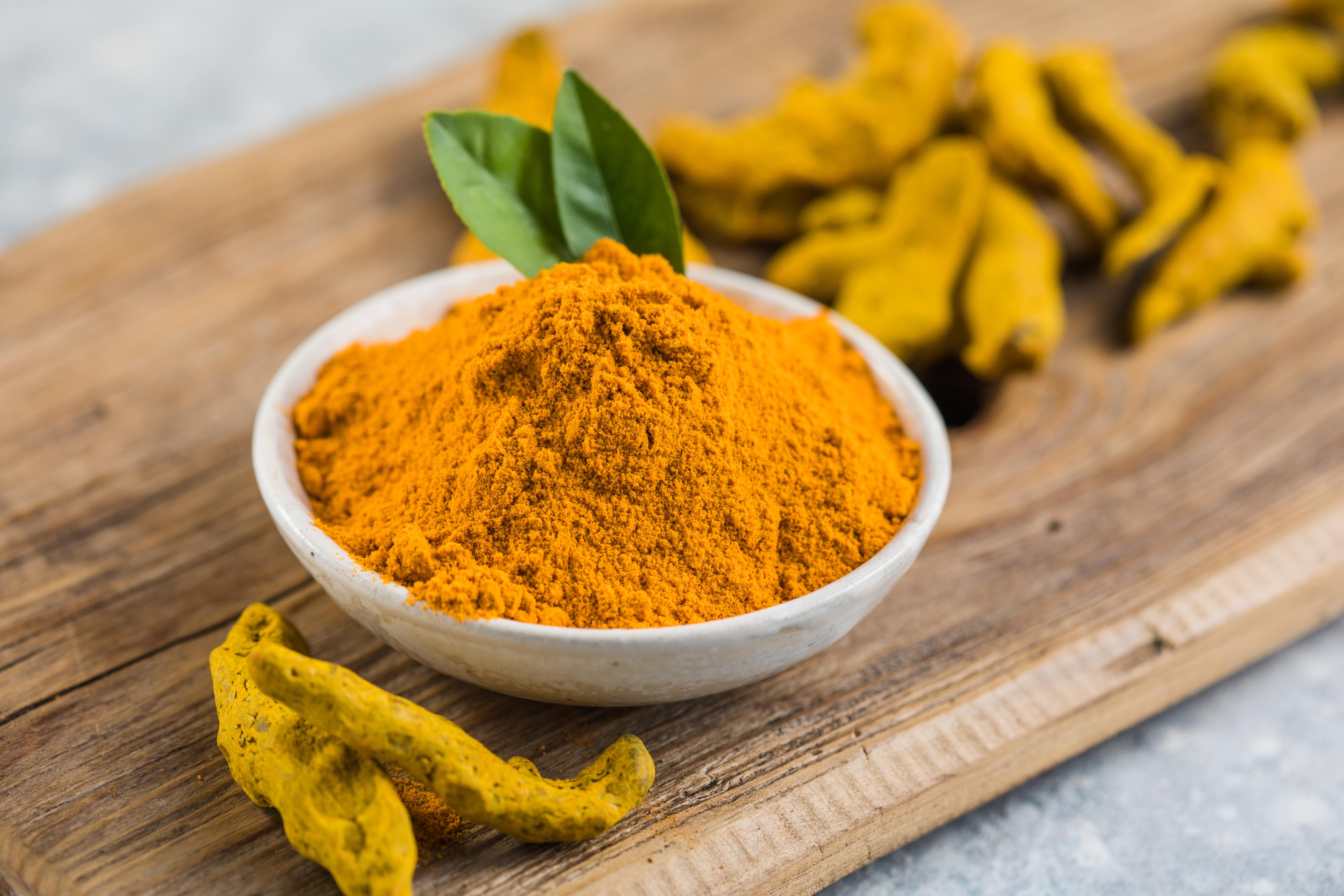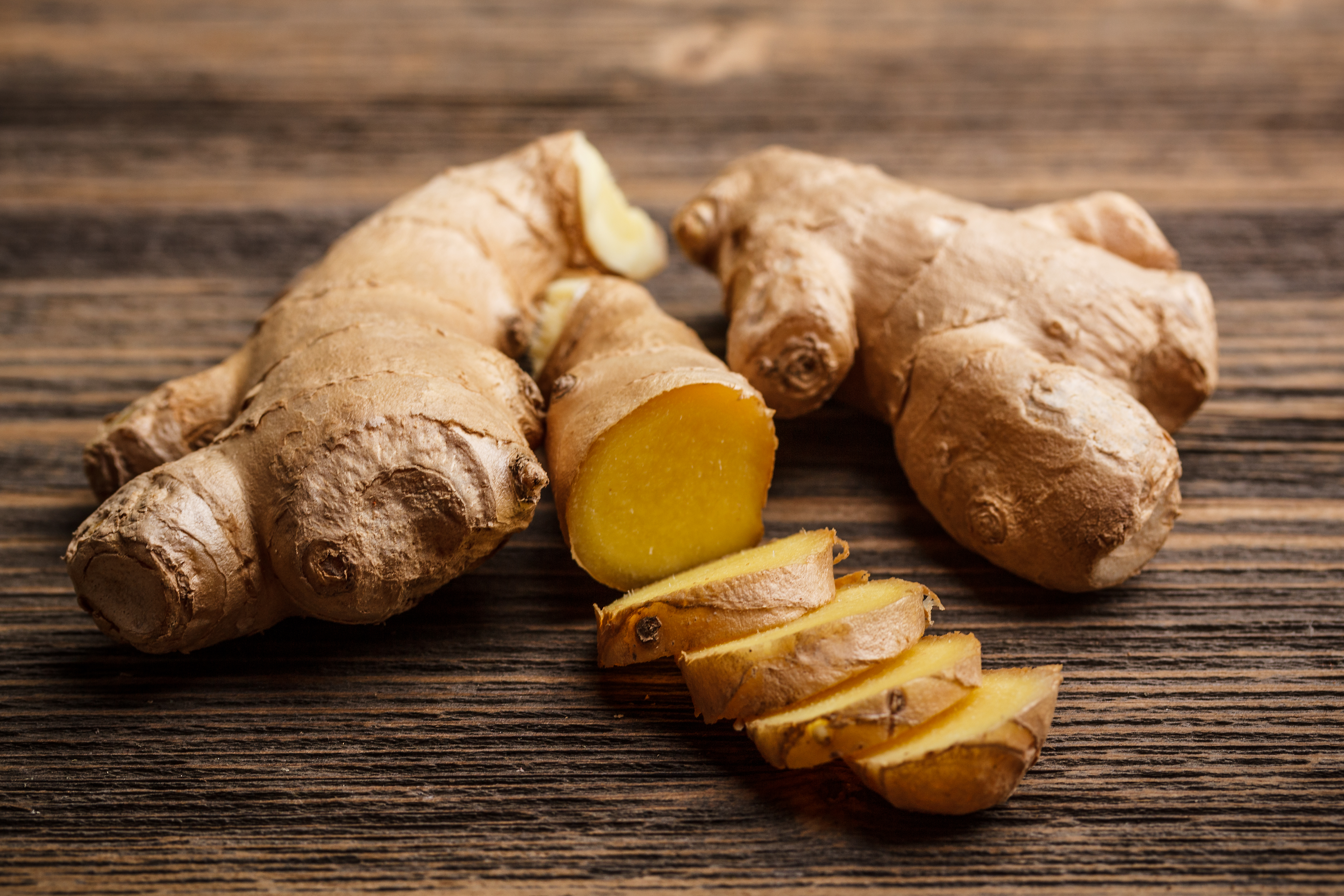The 42 Best Anti-Inflammatory Spices to Add to Your Daily Meals
Think your spice rack is just for adding a little flavour? Think again! It's actually a potent arsenal in the fight against chronic inflammation – that silent, smoldering fire within the body linked to widespread issues like aches, fatigue, and serious diseases. While acute inflammation helps us heal, the chronic kind needs calming. The fantastic news? Delicious help is right in your kitchen cupboard. From vibrant turmeric and zesty ginger to warming cinnamon and pungent garlic, common spices are nature's anti-inflammatory powerhouses. We’ve expanded our list to showcase 42 incredible spices that do double duty: elevating your meals and actively helping to soothe inflammation with every bite. Ready to unlock your kitchen's hidden healing potential?
1. Turmeric: The Golden Healer

Turmeric, often referred to as the 'golden spice', is renowned for its vibrant color and medicinal properties. The active compound in turmeric, curcumin, is a powerful anti-inflammatory agent. Studies have shown that curcumin can inhibit molecules that play a role in inflammation, making it effective in managing conditions like arthritis and inflammatory bowel disease. Incorporating turmeric into your diet is relatively easy. It can be added to curries, soups, and even smoothies for a nutritional boost. To enhance the absorption of curcumin, pair turmeric with black pepper, which contains piperine, a natural substance that increases its bioavailability. Whether you're sipping on a warm cup of golden milk or enjoying a spiced curry, turmeric is a versatile ingredient that can add both color and health benefits to your meals.
2. Ginger: The Fiery Root

Ginger, with its distinctive spicy flavor, is a staple in many cuisines around the world. This root is not only a culinary delight but also a potent anti-inflammatory agent. Ginger contains gingerols, compounds that have been shown to reduce inflammation and pain, particularly in conditions like osteoarthritis. Beyond its anti-inflammatory properties, ginger aids in digestion and can help alleviate nausea. Fresh ginger can be grated into stir-fries, teas, and baked goods, while dried ginger powder is a convenient option for seasoning. The versatility of ginger makes it an easy addition to both sweet and savory dishes, ensuring that you can enjoy its benefits in a variety of ways.
